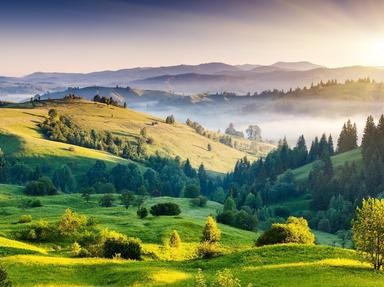
Subdivisions Trivia Quiz
States, Regions, Provinces and Such
Most sovereign countries are divided in administrative units that go by a variety of names. Can you place each of these first-level subdivisions in the continent where they belong?
A classification quiz
by LadyNym.
Estimated time: 3 mins.